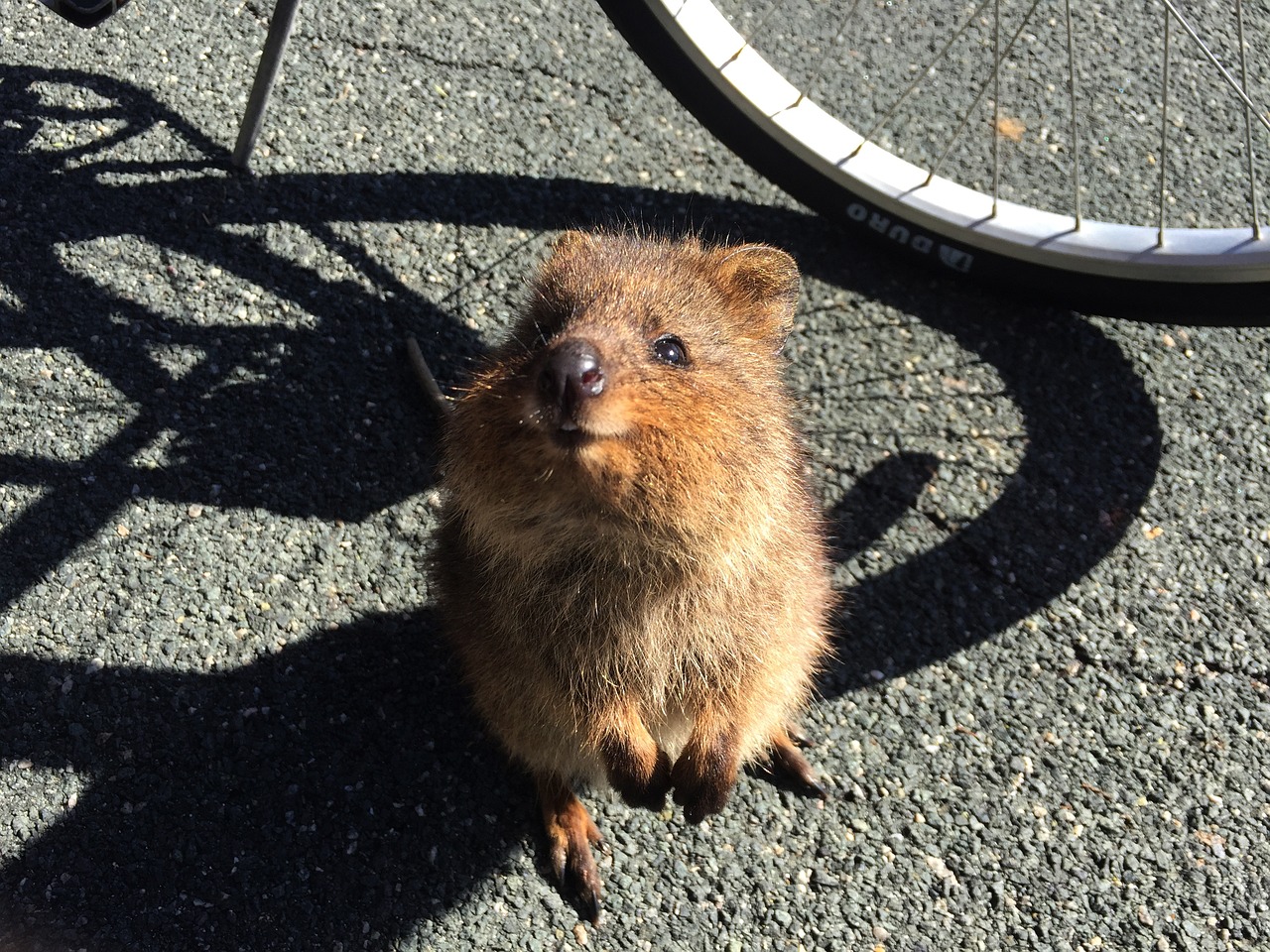Introduction to the Quokka
Have you ever heard of the quokka? This small, furry animal is native to Western Australia and is well-known for its adorable appearance and its seemingly constant smile. Dubbed the “happiest animal in the world,” the quokka’s grin has made it a viral sensation on social media and has captured the hearts of people all over the world.

Description of the Quokka
So, what is a quokka, and why is it always smiling?
The quokka is a marsupial that belongs to the same family as kangaroos and wallabies. It is about the size of a domestic cat, with a stocky build and short, thick fur that ranges in color from brown to gray. Quokkas are primarily found on Rottnest Island, a popular tourist destination off the coast of Western Australia, but they can also be found on the mainland.
The Quokka’s Smile
One of the most distinctive features of the quokka is its facial expression. With a curved mouth that seems to be permanently turned upward, the quokka appears to be grinning at all times. This has earned the quokka a reputation for being the “world’s happiest animal.”
The Reason behind the Quokka’s Smile
But why does the quokka always look so happy? It turns out that the quokka’s smile is not necessarily an indication of their mood. While the quokka is generally a friendly and curious animal, it doesn’t necessarily feel happy all the time. Instead, the quokka’s mouth is simply shaped in a way that makes it look like it’s smiling, even when it’s not.
The popularity of the Quokka
Despite this, there’s no denying that the quokka is an incredibly cute and photogenic animal. Its friendly demeanor and adorable appearance have made it a popular attraction for tourists visiting Western Australia, and many people have taken selfies with quokkas to post on social media. In fact, there’s even a hashtag – #quokkaselfie – that has become popular on Instagram.

Importance of Respecting the Quokka’s Habitat
However, it’s important to note that while quokkas are friendly, they are still wild animals and should not be approached or fed by humans. In recent years, there have been concerns that the popularity of quokka selfies has led to an increase in human interaction with animals, which could be detrimental to their health and well-being. It’s important to admire the quokka from a safe distance and to respect its natural habitat.
Conclusion about the Quokka
In conclusion, the quokka is an adorable and unique animal that has captured the hearts of people all over the world. Its constant smile is a source of joy and amusement for many, and it has earned a well-deserved reputation as the “happiest animal in the world.” However, it’s important to remember that the quokka is still a wild animal and should be treated with respect and care.
Dive Deeper
Book Recommendation
One highly recommended book on quokkas is “Quokka: World’s Happiest Animal” by Wildlife Secrets. This book provides an insight into the natural history and behavior of quokkas and is filled with stunning photographs and interesting facts about these adorable marsupials.
Documentary/ Video
The World’s Happiest Animal on The Atlantic Channel.
The quokka is a small marsupial native to Western Australia, known for its cute and friendly appearance. This video explores the daily lives of quokkas on an island off the coast of Western Australia. It delves into the unique adaptations that allow the quokka to thrive in their environment and examines the challenges they face in their changing ecosystem. The video also sheds light on the efforts being made to protect these adorable creatures and preserve their habitat.
Here is the link – https://www.youtube.com/watch?v=JLJ7NnpmGus
If you found this article informative, you might want to take a look at this other article – Pando Tree: A Worlds Largest and Fascinating Organism and What We Can Learn From It
